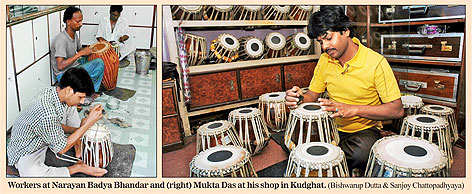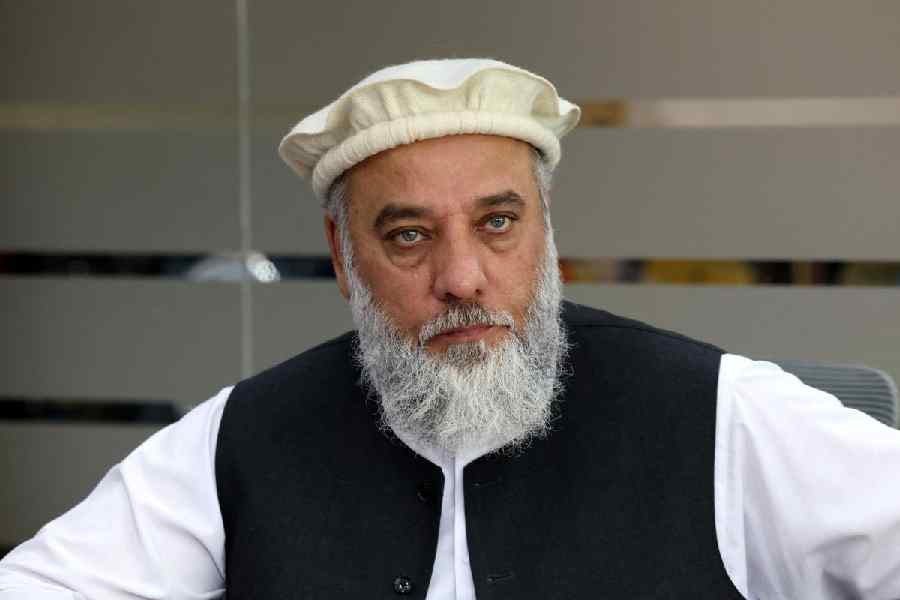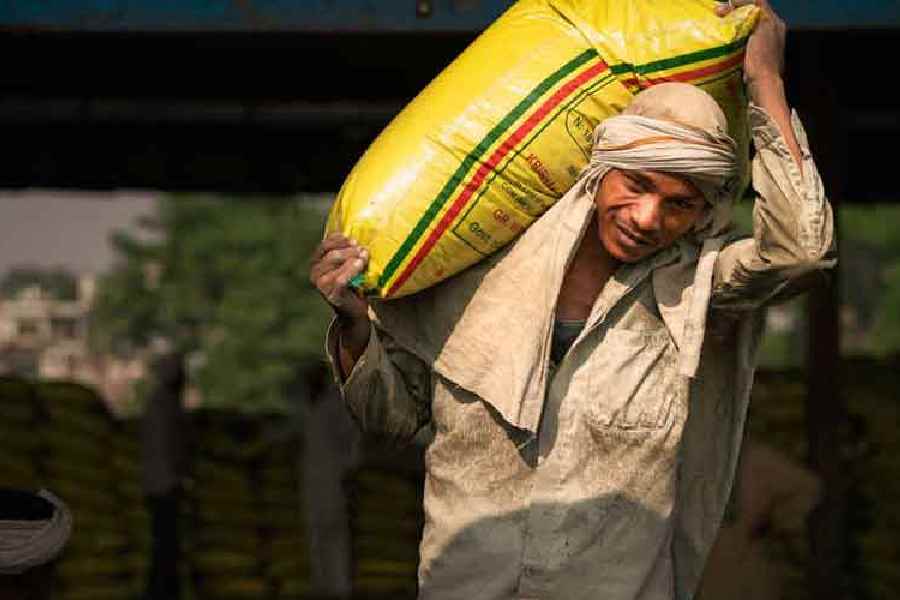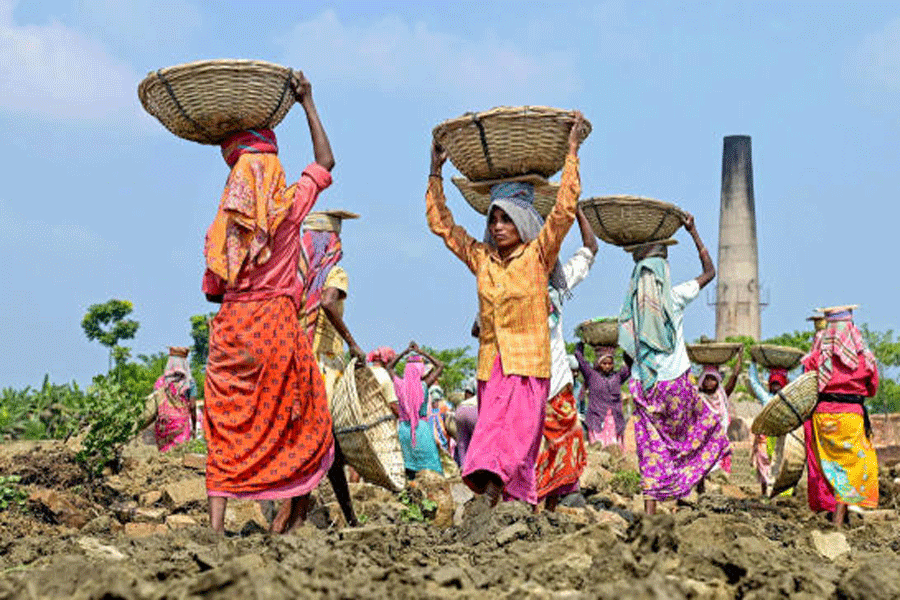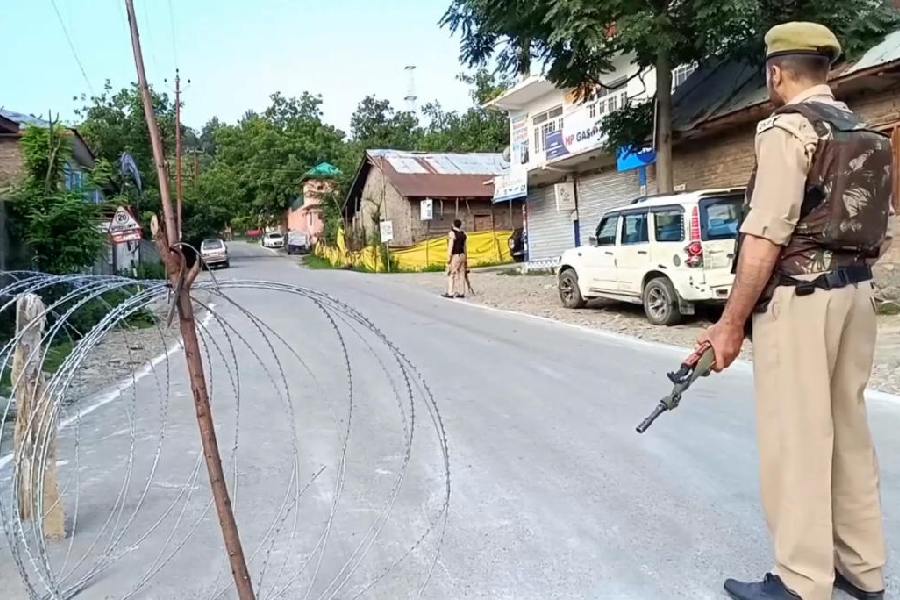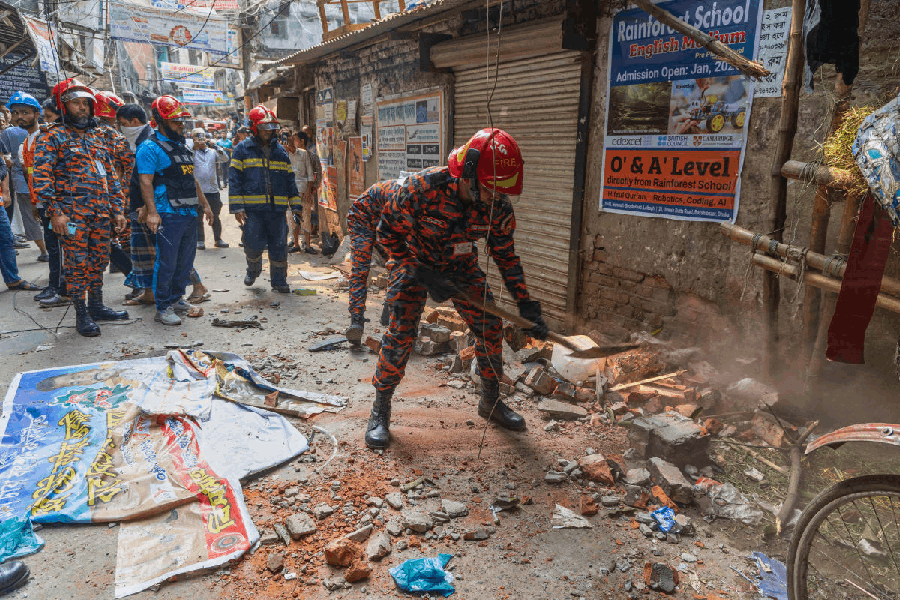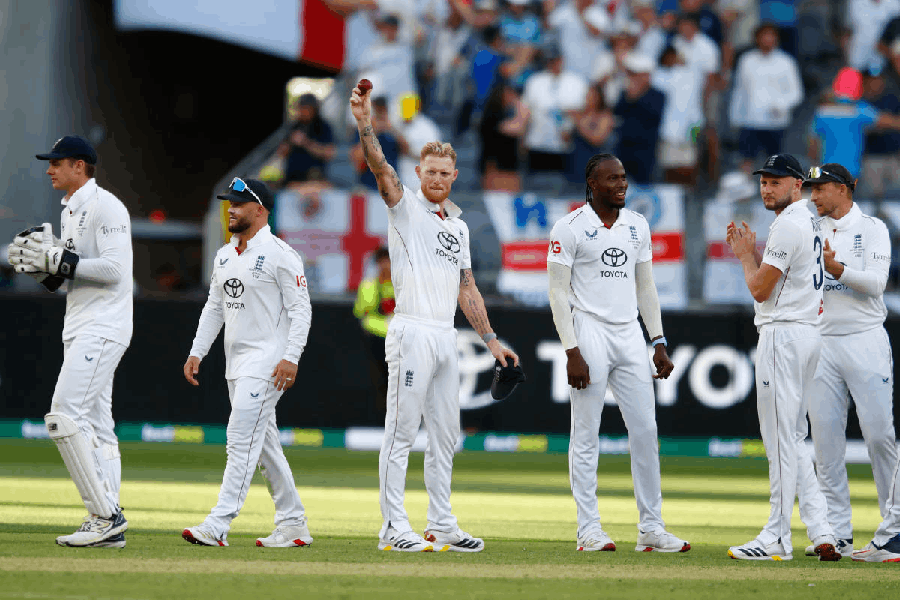 |
The tabla is universally acclaimed as the world’s greatest drum and those who play it best turn to the city for their signature sound.
Mridangam at Kalighat, Narayan Badya Bhandar at Chetla, Rhythm at Kudghat and Badya Niketan off Amherst Street make instruments that are not only played by the who’s who of the Hindustani classical percussion world, but also by acclaimed artistes abroad.
The reason is simple: tablas from Calcutta offer a sweeter tone; the result of skilled craftsmanship and superior raw materials used in crafting the instrument. There’s another reason, too: the passion for the craft.
Mukta Das, in his mid-30s, is a third-generation tabla maker who hails from Ranaghat — a hub of qualified tabla craftsmen. Apart from his father and grandfather, Mukta learnt the ropes of the trade under Narayan Das at Mridangam, and moved on to set up his own store at Sarsuna, Behala, in 1996.
Four years later, he set up Rhythm at Kudghat from where he’s been supplying first-rate tablas to the best in the business: Pandit Shankar Ghosh, Pandit Swapan Chowdhury, Pandit Anindya Chatterjee, Bickram Ghosh, Tanmoy Bose, Kumar Bose, Samar Saha and Shubhasis Bhattacharya, to name a few.
Mukta is the first-call tabla-maker to provide the instrument for Ustad Zakir Hussain when he is in town. He has also had a decade-long association with the legendary late Kishan Maharaj.
Shyamal Das’s store, Narayan Badya Bhandar at 26 Rakhaldas Auddy Road, was founded five decades back by Das’s grandfather. Das has been manning the Chetla address for 30 years. The shop supplies to the A-list of tabla exponents, including Shankar Ghosh, Anindya Chatterjee, Kumar Bose, Swapan Chowdhury, Tanmoy Bose, Sabir Khan and Shubhankar Banerjee. Both Mukta and Shyamal Das’s tablas are supplied to the Ali Akbar College of Music in San Rafael, California.
“In Calcutta, we usually use finer skin for the main head of the instrument; mostly the tender hide of sacrificial goats. Another factor that makes a difference is the making of the shell. Our tablas are cent per cent hand-crafted ,” Shyamal points out.
The wood — shishu, neem, mahogany and shirish — is usually sourced from Nadia. In some cases, the wood is custom-specified, like the bijay sal for Shubhankar Banerjee.
Banerjee feels that forging a personal relationship with the instrument-maker is important. “When no machines are involved, it is important that the tabla being made is guided to your personal sound,” says Banerjee.
“There has to be a harmony between the sur and the kaani to make a good tabla,” says Shyamal. The other factor, of course, is the making and the application of the gaab: the inner on the tabla head.
The precision of the making and shaping of the gaab modifies the tabla’s natural overtones, resulting in the clarity of pitch and variety of tonal possibilities unique to the instrument.
Shyamaprasad Roy, who owns Badya Niketan off Amherst Street, was a student of the legendary Keramatullah Khan but had to give up playing because of his health. He set up shop in the early 1990s in Bowbazar. In April 1993, he shifted to his current address.
Along with the factors of quality hide, head size and handcrafting processes, Roy speaks of the climate as a favourable factor in terms of seasoning both the wood and the hide. Roy is considered a specialist in baanyas: Shubhankar Banerjee and Kumar Bose are two of his best-known clients for the larger drum.

